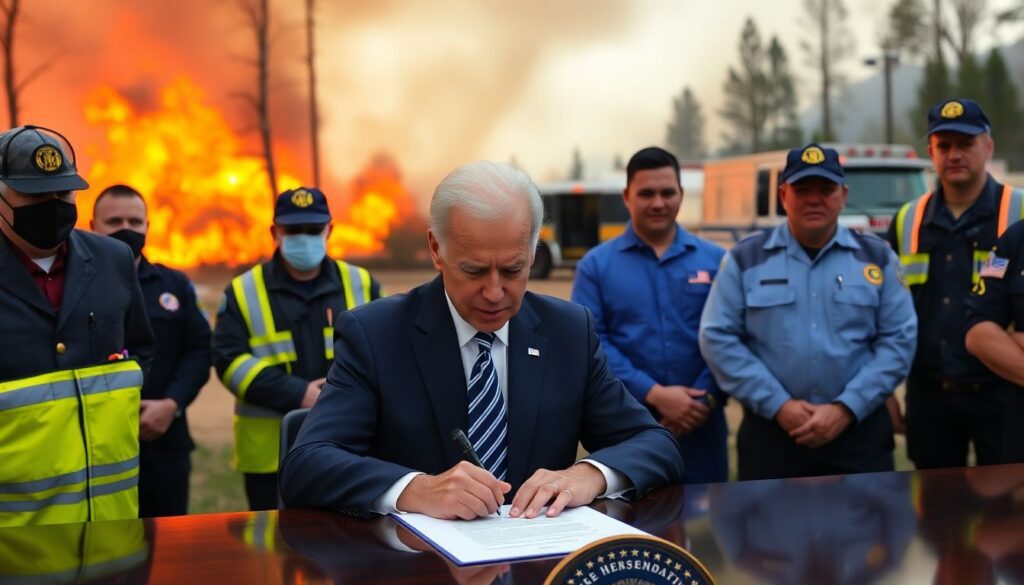Welcome to our detailed coverage of the recent major disaster declaration for North Dakota. This article aims to provide you with a comprehensive overview of the events, the impact, and the subsequent federal assistance approved by President Joe Biden. Let’s dive into the story with a playful yet informative approach.
Federal Assistance to Aid Recovery from October Wildfires
In the heart of the action, President Joe Biden is perched behind a desk, pen in hand, poised to sign a document that bears the stark blue and white logo of FEMA. The atmosphere is tense, filled with a sense of urgency and purpose, as the hum of conversation from surrounding officials and first responders fills the air.
The backdrop is a stark reminder of the task at hand: a vivid scene of wildfires raging in the distance, smoke billowing into the sky, and emergency vehicles stationed nearby, their lights flashing in silent alarm. The scene serves as a grim reminder of the natural disasters that have become all too frequent, and the critical role that FEMA plays in mitigating their impact.
Biden’s expression is one of grave determination, as he carefully signs the document, surrounded by a sea of expectant faces. The assembled group is a mix of officials in crisp suits and first responders in uniform, all eyes on the President as he sets the pen down, signaling the start of yet another monumental effort to protect and serve the American people in their time of need.
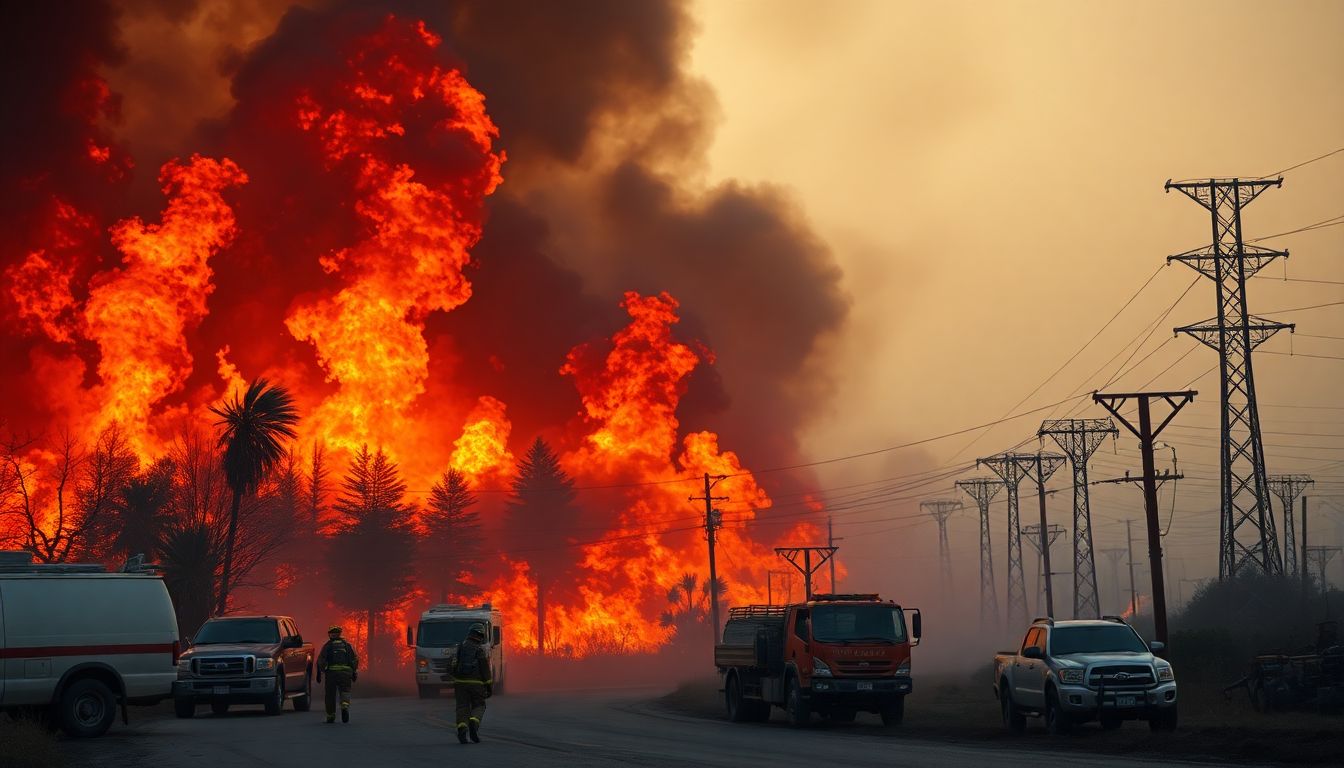
The Devastating October Wildfires
In the heart of Western North Dakota, an unprecedented event unfolded during the first week of October 2024. On the nights of October 5 and 6, wildfires swept through the region, illuminating the night sky with an eerie glow. The blazes, fueled by dry conditions and strong winds, quickly spread across the parched landscape. The small towns of Ray and Tioga found themselves in the direct path of not one, but two massive fires. The two wildfires, initially separate, took a dramatic turn when they merged into a single, formidable inferno.
The merged fire, now a force to be reckoned with, left a trail of destruction in its wake. Residents woke up to a living nightmare as the fire devoured everything in its path. Homes, farms, and local businesses were reduced to ashes, altering the lives of the tight-knit communities forever. The wildfire’s impact was catastrophic, sparing little in its path:
- Power lines toppled, leaving residents without electricity and cutting off essential communications.
- Vehicles were scorched and rendered useless, hindering evacuation efforts.
- Oil tanks, a common sight in the region, were engulfed in flames, sending plumes of thick, black smoke into the air.
The devastation was not merely physical; it was emotional as well. The wildfires of October 5-6, 2024, will forever be etched in the memories of Ray and Tioga residents. The loss of homes, livelihoods, and precious memories took a severe toll on the community. Yet, amidst the ashes, stories of resilience and community spirit began to emerge. Neighbors helped neighbors, offering shelter, food, and comfort. The road to recovery would be long and arduous, but the people of Ray and Tioga stood united, ready to rebuild their lives and their towns.
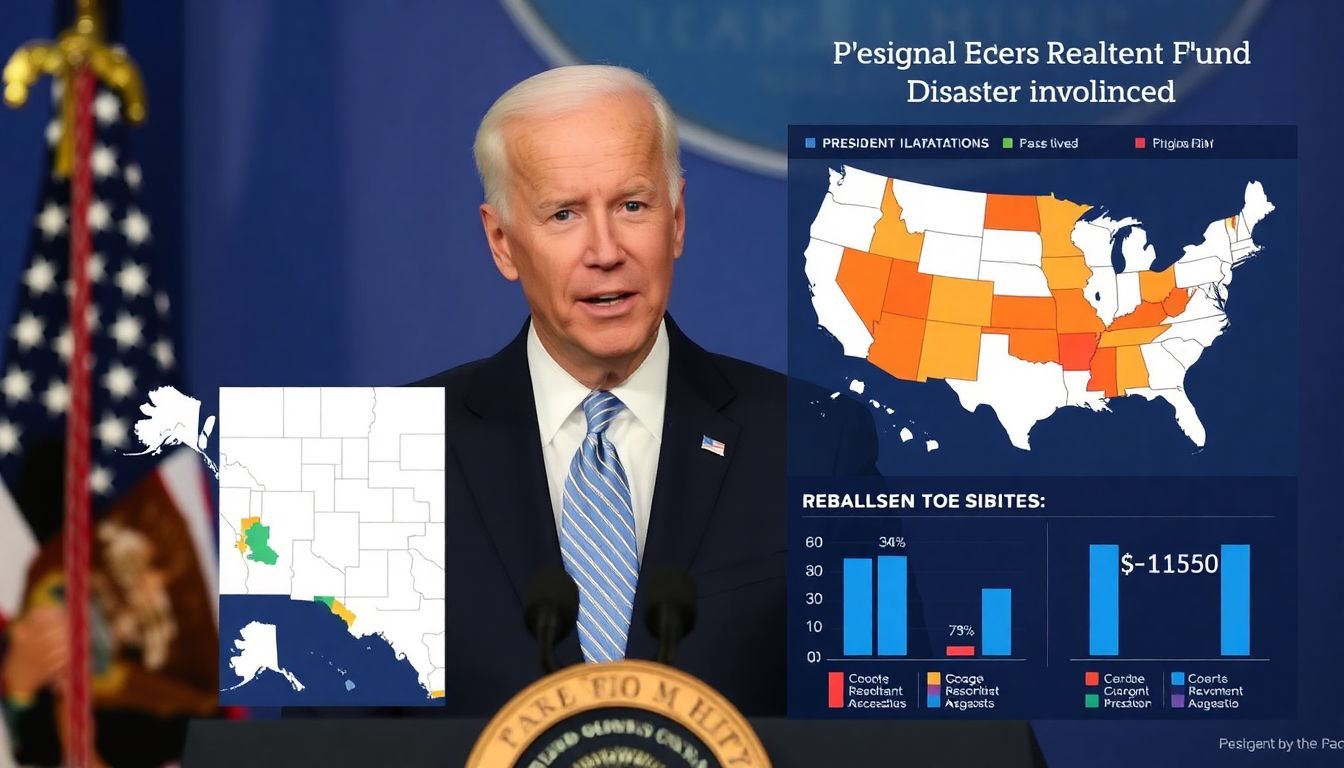
Federal Disaster Declaration
President Joe Biden’s approval of FEMA’s declaration of the October wildfires as a major disaster holds immense significance for the affected communities. This declaration is more than just a formal recognition of the devastation; it unlocks crucial federal resources and support, bringing a ray of hope to those grappling with the aftermath. By approving the declaration, President Biden has enabled the full weight of the federal government to be brought to bear in the recovery efforts, demonstrating the administration’s commitment to supporting states in times of crisis.
The federal assistance that follows this declaration is multifaceted and comprehensive. It includes:
- Grants for temporary housing and home repairs
- Low-cost loans to cover uninsured property losses
- Funding for crisis counseling, unemployment assistance, and legal services
- Hazard mitigation initiatives to prevent or reduce long-term risk to life and property from natural hazards.
These provisions aim to help survivors navigate the challenging journey back to normality, providing both immediate relief and long-term support.
In the midst of this recovery process, Robert Little III steps into the pivotal role of the federal coordinating officer (FCO). As the FCO, Little will be the key point person overseeing the federal response on the ground. His responsibilities include:
- Ensuring the efficient delivery of federal aid
- Coordinating with state and local officials
- Facilitating communication among various agencies
- Monitoring the progress of recovery efforts
- Over 2,000 utility poles have been damaged or destroyed
- More than 150 miles of power lines need to be repaired or replaced
- Several substations have suffered significant damage, further complicating restoration efforts
- Strengthening infrastructure to withstand high winds or earthquakes.
- Improving drainage systems to mitigate flooding.
- Implementing wildfire prevention strategies.
- Conducting public education campaigns to enhance community preparedness.
- Major Disaster Declarations, which can unlock additional FEMA programs and funding.
- Emergency Declarations, which provide federal assistance during the immediate emergency period.
- Fire Management Assistance Grants, which help with the mitigation, management, and control of fires on public forests or grasslands.
- Implementing fire-resistant building materials
- Clearing vegetation around homes and buildings
- Improving emergency response plans
- Investing in early warning systems
- Promoting community education on wildfire prevention
.
With his extensive background in emergency management, Little’s leadership will be instrumental in streamlining operations, minimizing bureaucratic hurdles, and ultimately, expediting the recovery process for the communities devastated by the wildfires.
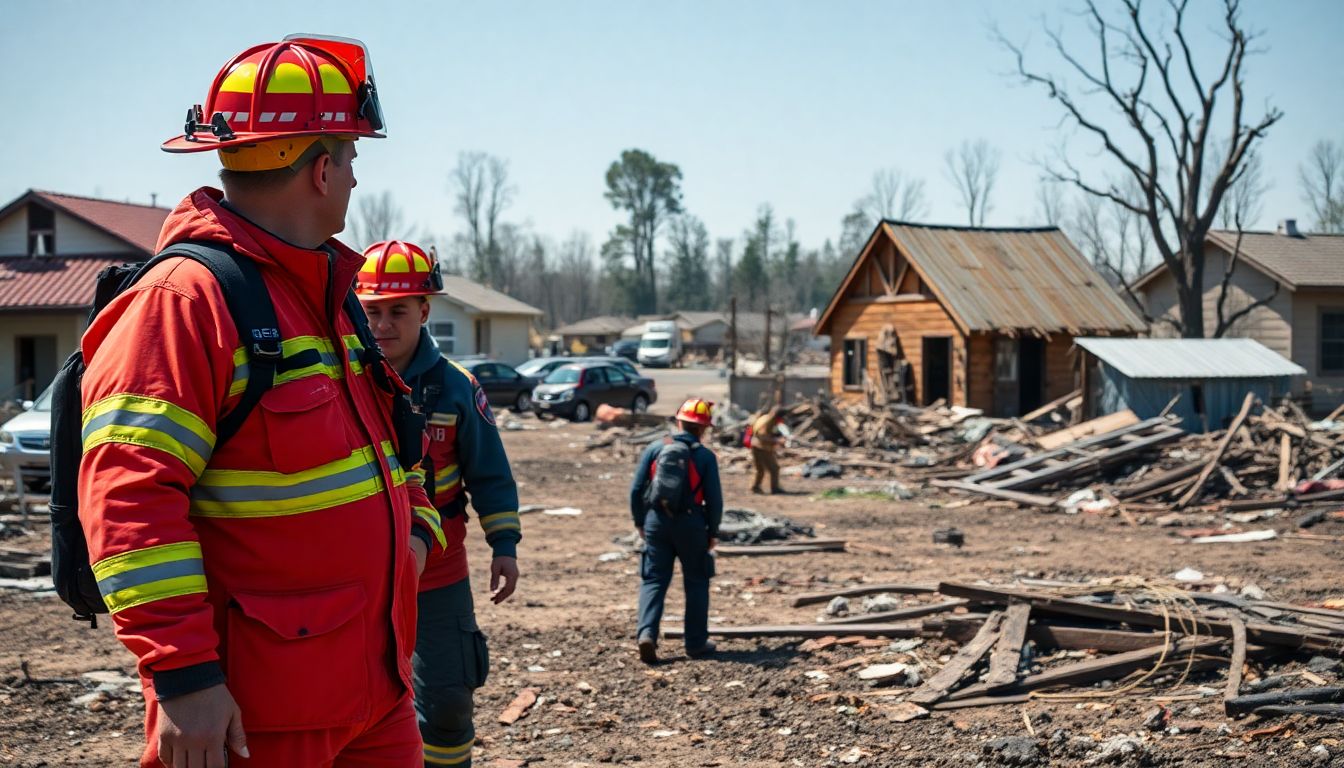
Damage and Recovery Efforts
The wildfires and straight-line winds that ravaged the region have left a devastating trail of destruction. The relentless fires have consumed over 500,000 acres of land, turning thriving forests and grasslands into charred remnants. The sheer force of the straight-line winds has exacerbated the situation, leading to an unprecedented loss of lives. Reports indicate that at least 25 lives were lost, a heartbreaking reminder of the power and unpredictability of these natural disasters.
The impact on property has been equally catastrophic. More than 1,500 homes have been reduced to ashes, leaving families displaced and communities shattered. In addition to residential areas, the wildfires and winds have also destroyed countless outbuildings, including barns, sheds, and other rural structures crucial for farming and ranching operations. The sheer scale of the destruction is difficult to comprehend, with entire neighborhoods and rural landscapes forever altered.
Rural electrical cooperatives, the lifeline of many remote communities, have not been spared. The powerful winds have toppled power lines and damaged critical infrastructure, leaving thousands without electricity. Initial assessments reveal that:
The estimated total cost of the damage is staggering, with initial reports suggesting it could exceed $2 billion. This includes the cost of firefighting efforts, emergency response, infrastructure repair, and the long-term rebuilding of homes and communities. As authorities continue to assess the damage, this figure is expected to rise, underscoring the immense challenge ahead for the affected regions and the urgent need for support and resources.
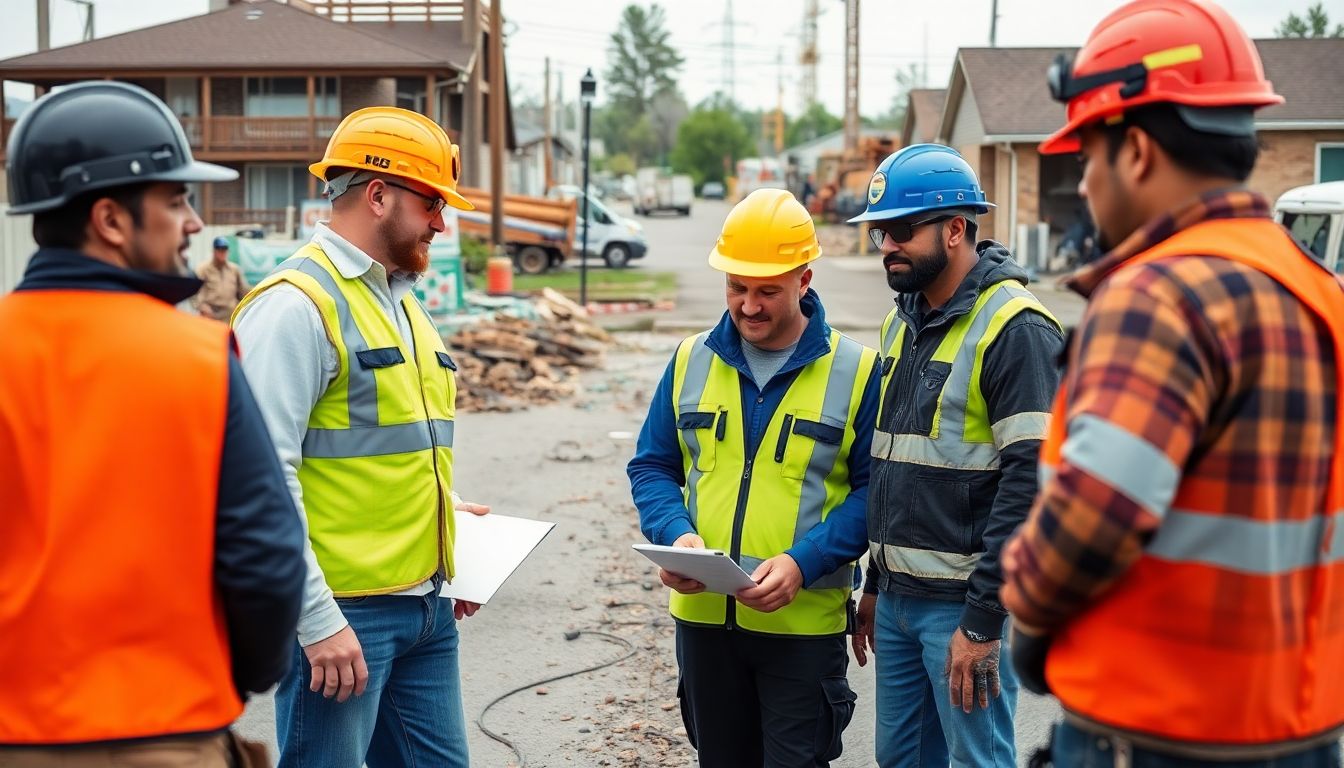
Federal Funding and Hazard Mitigation
In the wake of natural disasters or emergencies, the federal government offers funding to support emergency work, repair or replace damaged facilities, and implement hazard mitigation measures statewide. This funding is typically channeled through the Federal Emergency Management Agency (FEMA) and other relevant departments. The availability of these funds is crucial for states to respond effectively to disasters and fortify infrastructure against future events.
Federal funding for these purposes is usually provided on a cost-sharing basis. This means that the federal government covers a significant portion of the costs, while the state or local governments contribute the remaining amount. The most common cost-sharing ratio is 75% federal and 25% state/local, but this can vary depending on the specific program and the nature of the disaster. For instance, in cases of extreme hardship, the federal share may be increased.
It’s important to note that federal funding is not limited to immediate repairs and responses. A substantial portion is allocated for hazard mitigation measures, which aim to reduce the impact of future disasters. These measures can include:
In addition to the standard funding programs, there is potential for additional designations that may increase the amount of federal assistance. These can include:



